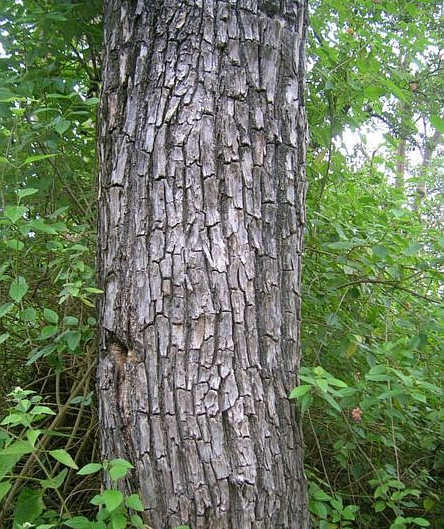

Zitierweise / cite as:
Carakasaṃhitā: Ausgewählte Texte aus der Carakasaṃhitā / übersetzt und erläutert von Alois Payer <1944 - >. -- Anhang A: Pflanzenbeschreibungen. -- Terminalia tomentosa W. & A. -- Fassung vom 2007-06-27. -- URL: http://www.payer.de/ayurveda/pflanzen/terminalia_tomentosa.htm
Erstmals publiziert: 2007-06-27
Überarbeitungen:
Anlass: Lehrveranstaltung SS 2007
©opyright: Dieser Text steht der Allgemeinheit zur Verfügung. Eine Verwertung in Publikationen, die über übliche Zitate hinausgeht, bedarf der ausdrücklichen Genehmigung des Verfassers
Dieser Text ist Teil der Abteilung Sanskrit von Tüpfli's Global Village Library
WARNUNG: dies ist der Versuch einer
Übersetzung und Interpretation eines altindischen Textes. Es ist keine
medizinische Anleitung. Vor dem Gebrauch aller hier genannten Heilmittel wird
darum ausdrücklich gewarnt. Nur ein erfahrener, gut ausgebildeter ayurvedischer
Arzt kann Verschreibungen und Behandlungen machen!
Falls Sie die diakritischen Zeichen nicht dargestellt bekommen, installieren Sie eine Schrift mit Diakritika wie z.B. Tahoma.
Verwendete und zitierte Werke siehe: http://www.payer.de/ayurveda/caraka0001.htm
asana - Terminalia tomentosa W. & A. - Crocodile Bark

Abb.: Terminalia tomentosa W. & A.
[Bildquelle. Wikipedia]
Drury:
"Terminalia tomentosa (W. & A.) Do.
- Nella-madoo Tel.
- Aanis, Hind.
- Peea-sal or Usan, Beng.
Description.—Tree; bark deeply cracked; leaves nearly opposite, linear-oblong, somewhat cordate at the base, pubescent, but finally glabrous above, tomentose or pubescent beneath, with thick-stalked turbinate glands on the mid-rib near the base; fruit glabrous; spikes disposed in a brachiate panicle; flowers small, greenish white. Fl. April—June.— W. & A. Prod. i. 314.—Wight Icon. 1.195.—Pentaptera tomentosa, Roxb. Fl. Ind ii. 440.-------Concan. Oude. Monghyr.
Medical Uses.—The bark is astringent, and in the form of decoction is useful internally in atonic diarrhoea, and locally as an application to indolent ulcers. The dose of the decoction (two ounces of the bruised bark to a pint of water) is two ounces thrice daily.—Pharm. of India.
Economic Uses.—The timber is valuable, and is much used for making shafts of gigs, and other things where toughness of fibre is required. The bark is astringent and used for dyeing black.— (Roxb.) The bark, in addition to yielding a black dye, is so charged with calcareous matter, that its ashes, when burnt, afford a substitute for the lime which the natives in Ceylon chew with their, betel.— (Tennent's Ceylon, i. 99.) It yields a gum used as an incense and cosmetic. It costs 27 to 30 rupees the maund. The trees are plentiful in the Kurnool forests."
[Quelle: Drury, Heber <1819 - 1872>: The useful plants of India : with notices of their chief value in commerce, medicine, and the arts. -- 2d ed. with additions and corrections. London : Allen, 1873. -- xvi, 512 p. ; 22 cm. -- s.v.]